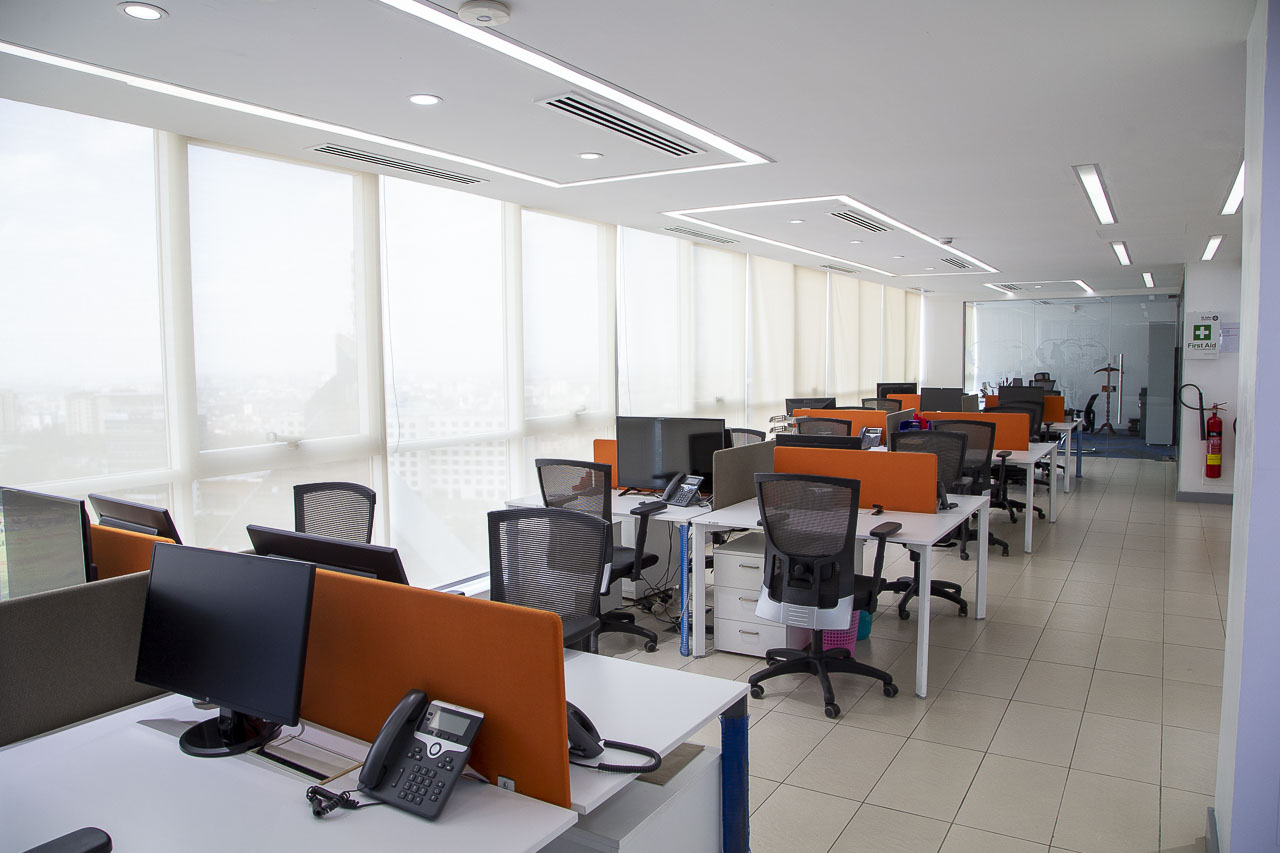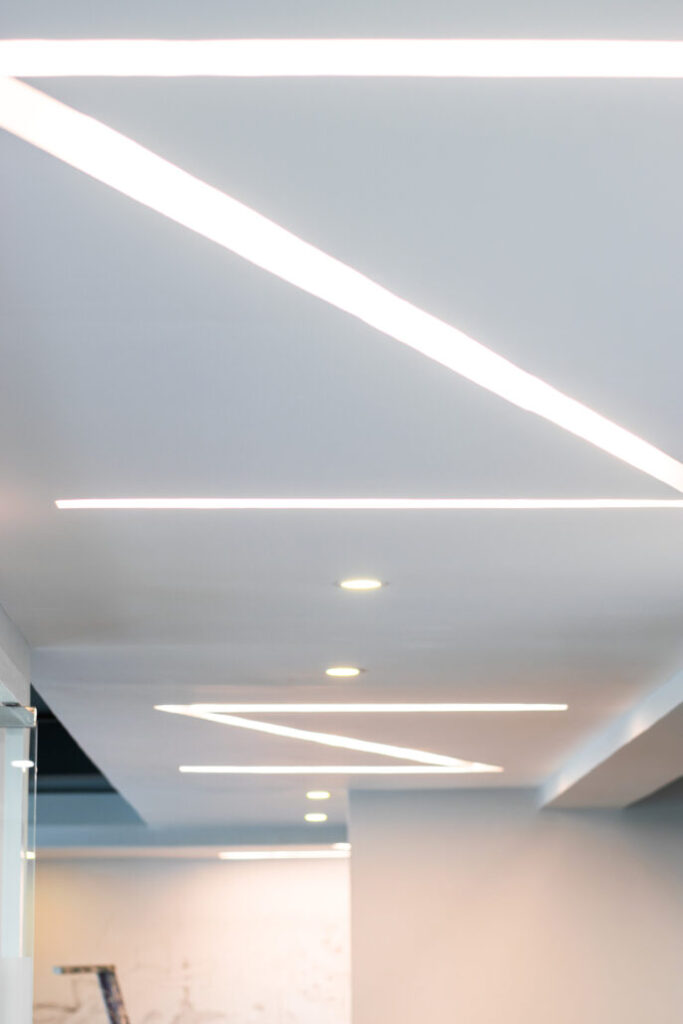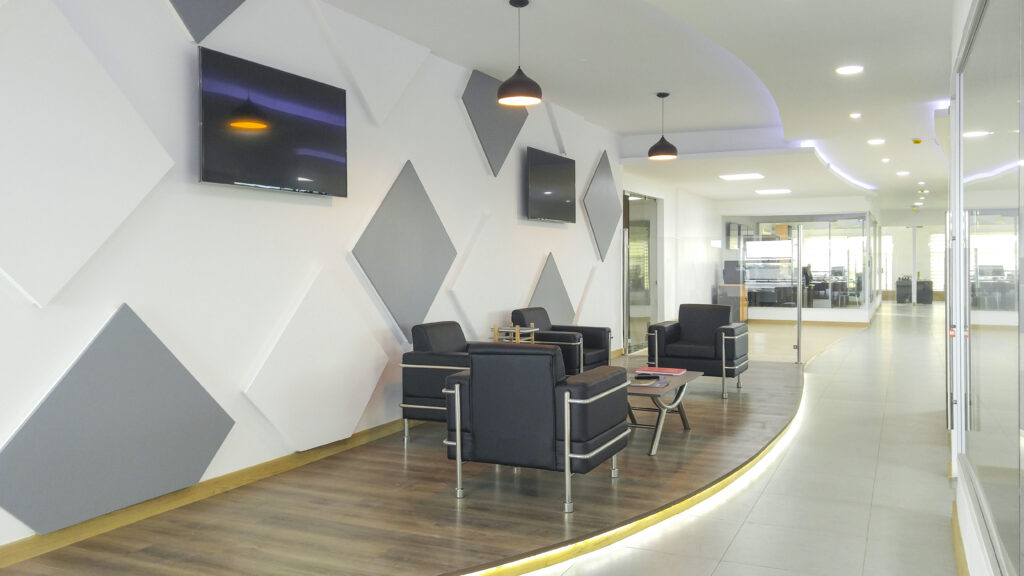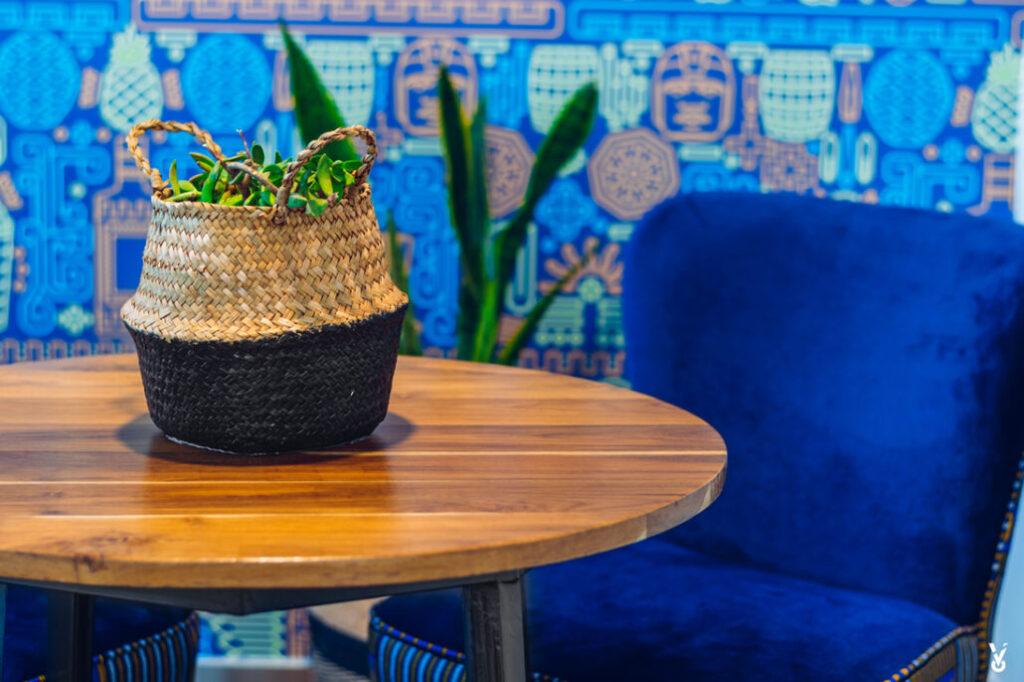Simple Design Elements

A design element is a crucial or distinctive component of a design. Design’s fundamental building blocks are elements. They are the cornerstones of any design. Design is composed of five fundamental elements: line, shape, color, texture, and space…
A design element is a crucial or distinctive component of a design. Design’s fundamental building blocks are elements. They are the cornerstones of any design. Design is composed of five fundamental elements: line, shape, color, texture, and space.
1. Line
John Lovett defined a line as a path that a single point can move along. A line as a design element can be straight, curved, diagonal, and vertical. Any breadth, size, shape, location, orientation, interval, or density is possible. Lines and forms are both created by points. Additional components like as color, texture, and movement can be applied to a line.

2. Shape
A shape is a two-dimensional or three-dimensional object that has a defined or suggested border that makes it stand out from the surrounding area. Connecting lines and points creates shapes. Other design elements like line, color, and texture can be included in a shape. Shapes come in two varieties: geometric and organic.
• Regular shape is referred to as a geometric. There are clear points and lines in it. All geometric shapes, with the exception of the circle and other curve-based shapes, are made up of straight lines, angles, and points.
• Organic shapes: These are amorphous forms. The precise measurements or predictable patterns in the angles, curves, or lines that make up organic structures are not what characterize them. These forms have a flowing, organic appearance.

3. Color
Mostly employed in visual design, this element. Designers employ it to convey message, consistency, mood, and point of view. Primary, secondary, and tertiary hues are the three different categories of color.
Primary colors: Red, yellow, and blue are the three primary colors. They combine to produce various colors.
Three secondary hues are available: Purple (created by combining red and blue), Green (created by combining yellow and blue), and Orange (Formed by mixing red and yellow).
Six tertiary colors, including Red-Orange, Yellow-Orange, Yellow-Green, Blue-Green, Blue-Purple, and Red-Purple, are created by combining secondary and primary hues.
Hue, Value, Tone, and Saturation make up the three major components of color.
When combining the three elements of a color, hue—which is defined by the prevailing wavelength and is the first thing we think of when we say “yellow”—is the result. Hue is another word for a color dimension, or its most basic manifestation, that we can easily perceive when we look at it. The term hue can refer to both a color and its shade. Turquoise is a shade that combines the hues of green and blue.
Value and Tone: A key part of color as a design element is tone, which is sometimes referred to as value. It speaks of a color’s lightness or darkness.
Saturation: Another name for saturation is ‘chroma’ and it refers to the intensity of a color.

4. Texture
The feel or appearance of a surface is represented by texture as a design element. Visual and tactile textures are the two different types of texture.
The physical or actual texture of a design is its tactile texture. It describes how a surface actually feels. The surface could be velvety, slimy, sticky, silky, firm, rough, smooth, etc.
Visual texture is a depiction of or an illusion of actual texture. It is produced by faking the appearance of real texture through the manipulation of light and shadow.
5. Space
Space is a design element that mostly refers to the area that a shape occupies, It also describes the backdrop against which the shape or form is visible. Positive and negative space both exist.
Positive Space: In a design, they are the spaces that directly address the viewer. It is more energetic and active.
Negative space refers to the spaces around a design’s primary subjects.
In a design, space is utilized to separate and/or the other design elements. According to Steven Bradley, larger spaces divide elements from one another whereas smaller spaces link elements to show connections between them. When elements overlap, their relationship is maximized.
Design Forty Ltd. designers achieve aesthetic interiors by using all the design elements creatively to achieve meaningful interiors. Contact us !
You must be logged in to post a comment.